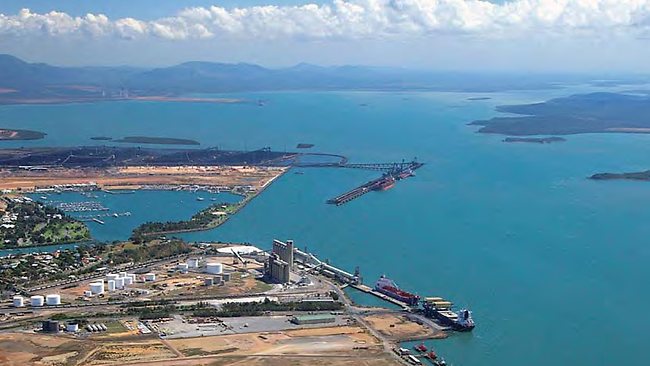Spatial conservation planning
|
The burgeoning needs of an expanding human population demand intelligent management of our coastal resources. On the land, incompatible human activities are usually separated, but the high connectivity in marine ecosystems complicates spatial management.
Videography by Bodhi Connolly, Andrew Olds & Jean Davis
Project 1: Establishing the connections We use advanced methods to identify key connections within and among coastal habitats such as coral reefs, seagrass and mangroves. For example we determine cross-habitat food web dependencies using stable isotope tracing and migration pathways using underwater cameras. Project 2: Spatial conservation planning The patterns of cross-habitat movement of animals and nutrients are placed into a conservation framework optimising biodiversity outcomes while sustaining coastal industries such as fishing and tourism. Collaborators These projects are collaborative with students and many colleagues, including: Russ Babcock (CSIRO), Ronnie Baker (JCU), Maria Beger (UQ), Chris Brown (GU), Ben Gilby (USC), Alastair Harborne (UQ), Greg Jenkins (U Melb), Peter Macreadie (Deakin), Ivan Nagelkerken (U Adel), Andrew Olds (USC/GU), David Rissik (NCCARF), David Schoeman (USC), Marcus Sheaves (JCU), Tim Stevens (GU), Nathan Waltham (JCU). This work benefits from financial support from multiple sources including the Australian Research Council (ARC Discovery Project, ARC Linkage Project) in partnership with the Queensland Government. |
Key papers: |
